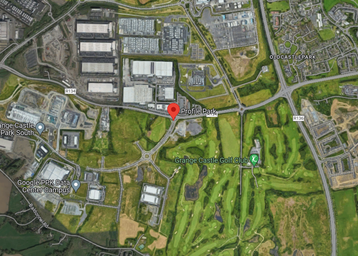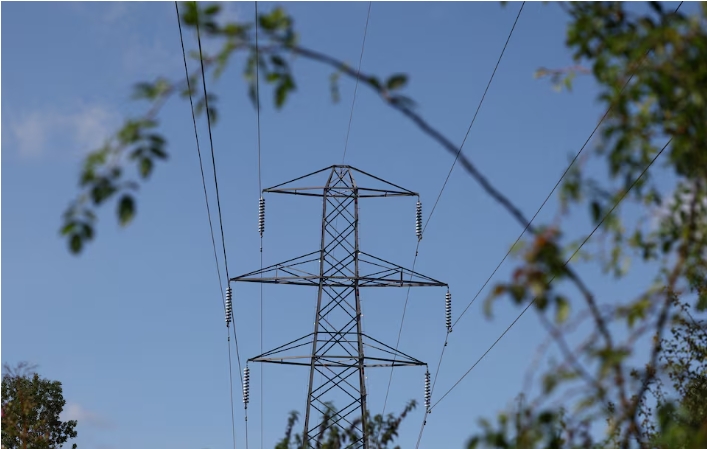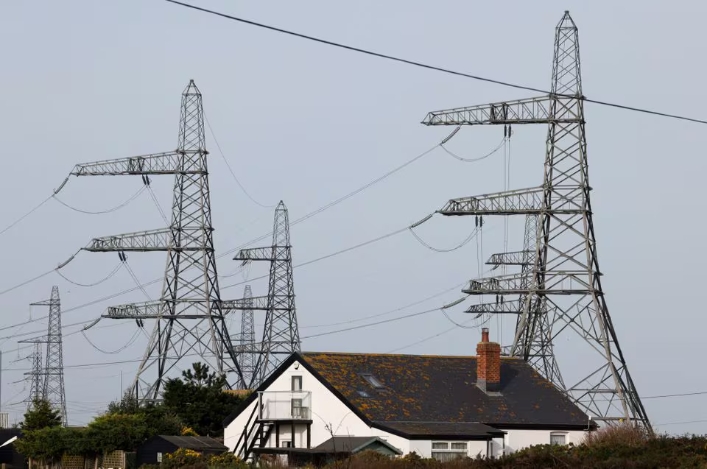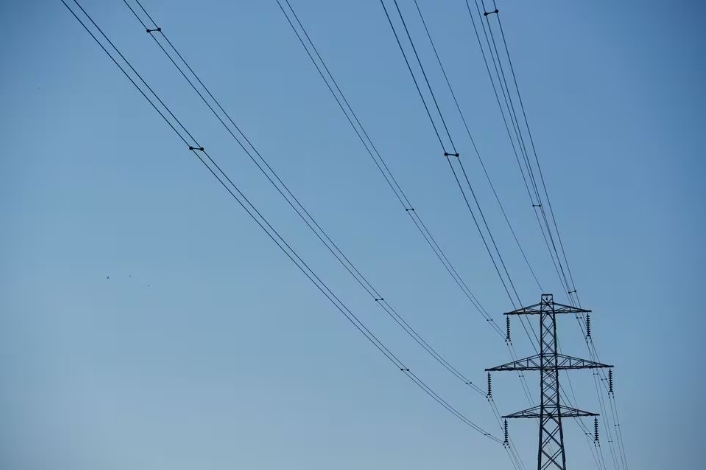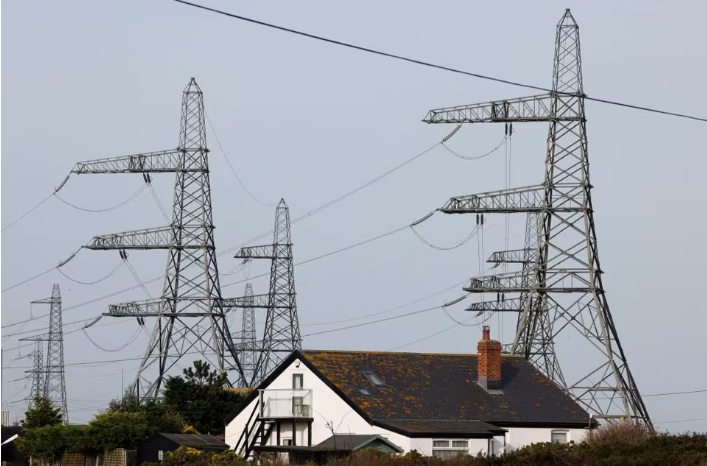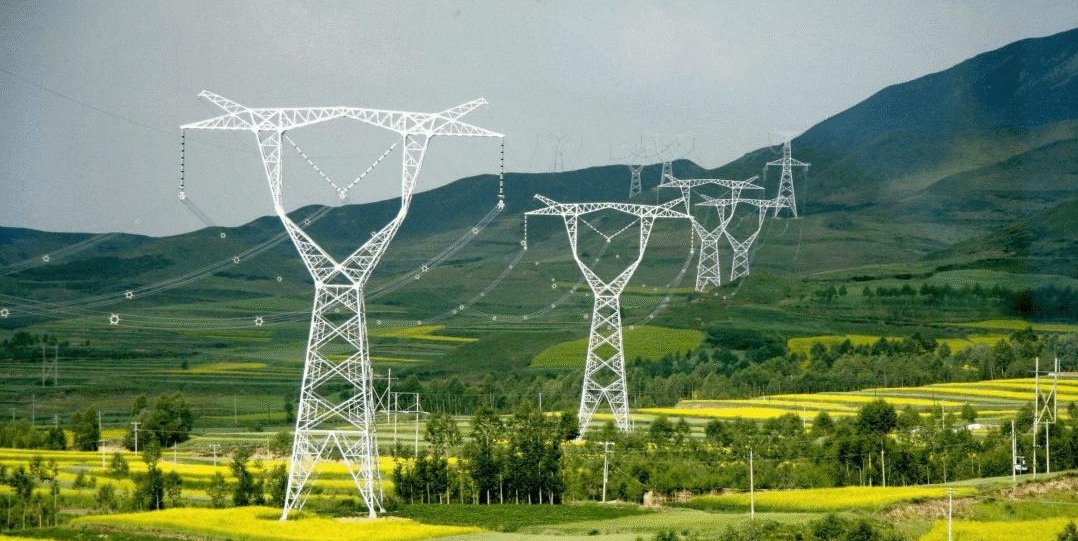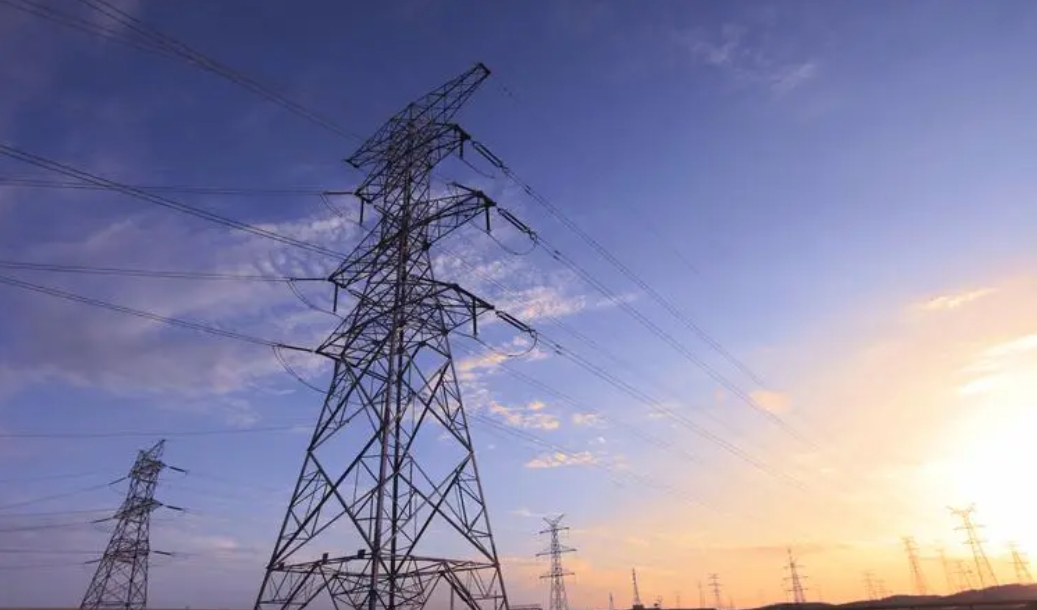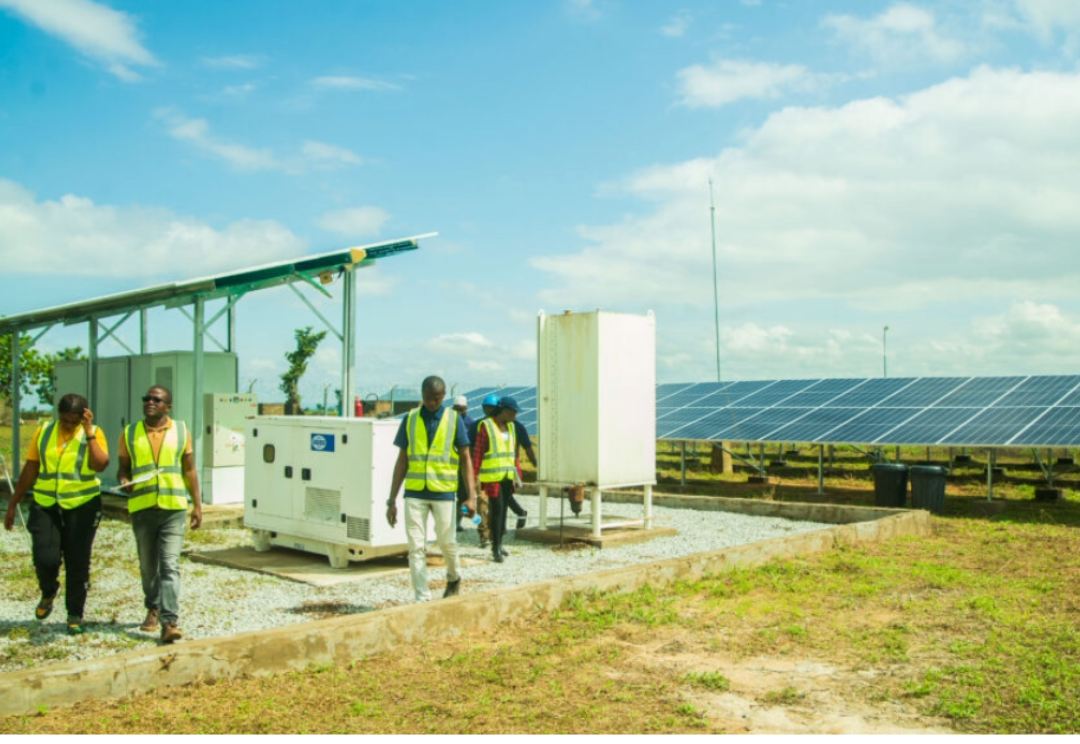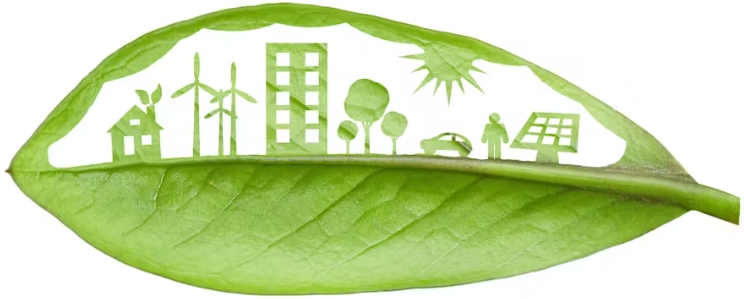
The south-central England village of Hook Norton recently celebrated the launch of a small community-led microgrid project designed to power affordable, sustainable homes that not only have a positive impact on the environment, but on the wallets of residents of the small community.
The Hook Norton microgrid will power a new affordable housing development of 12 homes, as well as several electric vehicle charging stations and a community center.
Built on land owned by the Cherwell District Council, the local government district, the microgrid includes a new 100-kWh battery and a 68-kWp rooftop solar array installed on the new homes, as well as an existing 5-kWp solar array on the neighboring Hook Norton Sports and Social Club.
Homes for Hooky, as the project has been dubbed, is the United Kingdom’s first smart microgrid for less than 30 homes, according to the Hook Norton Community Land Trust (HNCLT), the organization behind the microgrid.
The first residents moved into their new sustainable homes last month.
More affordable homes
With this project, the HNCLT is working to solve a local housing crisis by providing affordable homes and a lower cost of living.
Residents will be able to purchase the microgrid’s energy at a reduced rate compared to typical grid prices.
Any excess power generated by the system will be stored in the microgrid’s battery for use during times of peak demand.
Greener by design
Extensive conversations with Hook Norton residents revealed that the integration of innovative, clean energy technologies should also be a priority for the development.
As such, the microgrid is just one of many efforts the Hook Norton community made to rethink the way this new housing development was designed.
In 2020, the community received approval to build 12 Passivhaus homes, a mix of both affordable two-bedroom rental flats and privately-owned homes, all of which are identical in appearance.
Passivhaus (or passive house) homes meet a voluntary standard for energy efficiency through the use of insulation, airtightness, efficient window and door design, ventilation systems with heat recovery and the elimination of thermal bridges.
As a result, passive house homes require little energy for heating and cooling, reducing both energy demand and costs for the residents.
Community-focused, community-funded
To preserve local connections and the small-town feel, there is a community building on site that will serve as a shared meeting and workspace for the wider Hook Norton community. It includes a community café and guest bedrooms available for visitors.
The Hooky for Homes project, including the microgrid, is expected to cost around $4.75 million (£3.7 million).
The initial feasibility study was funded by the Low Carbon Hub, which develops community-owned renewable energy projects across rural Oxfordshire County, where Hook Norton is located.
In addition to another $1.03 million (£800,000) grant, the lion’s share of the money needed to bring the development to life will come from the sale of the private homes, as well as a long-term lease of the rental homes to Soha, a housing association that will be responsible for allocating the flats to qualified members of the community in housing need.
An additional $642,000 (£500,000) for this community-led project is expected to be raised through the sale of community shares.
Community microgrids can bolster low-income communities
The Hook Norton project is notable not only because of the community involvement, but also because it’s focused on providing affordable housing, a common theme amongst community microgrid projects.
In Maryland, Block Energy and utility Pepco are developing a zero-emissions community microgrid that will connect six homes with rooftop solar and a shared battery. The homes will be sold to low-income first-time homebuyers.
Community leaders in Highland Park, Michigan, a suburb of Detroit plagued by low income, are working on a slightly larger project that includes two microgrids that will cover most of the city’s three-square miles.
Organizers plan to use the microgrid to provide clean, local energy to residents and power electric buses that will transport residents to and from school and shopping areas.
High-end communities also investing in microgrids
In southern California, residential home builder KB Home built more than 200 all-electric homes in Menifee, all of which are connected to a solar and energy storage microgrid.
KB Home’s so-called Connected Communities project was feted as a model of self-reliant, energy-efficient neighborhoods earlier this year by dignitaries including U.S. Department of Energy Secretary Jennifer Granholm.
Each home in the community will be powered by a solar array and a 13-kWh community battery. The system’s microgrid controller will help mitigate the impact of grid outages and public safety power shutoffs in the wildfire prone area.
In Tampa, Block Energy (formerly Emera Technologies) and Tampa Electric’s Southshore Bay project includes 37 homes connected to a community microgrid via a DC bus cable network system. Each home has its own solar, battery and control technology, as well as access to backup power from a central energy park that’s located near the neighborhood’s entrance.
Multi-pronged solution
In addition to installing clean, renewable energy, these communities have also focused on improving the energy efficiency of homes, reducing the amount of electricity required to power each connected community.
In Highland Park, Michigan, the developer’s plan includes the construction of net-zero homes. Likewise, KB Homes installed high efficiency appliances, electric heat pump water heaters and electric heating, ventilation and air conditioning units.
The multi-pronged approach demonstrated by these communities shows that microgrids can help address both an immediate housing affordability crisis as well as long-term energy challenges.
